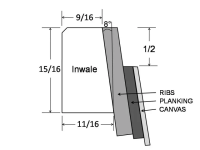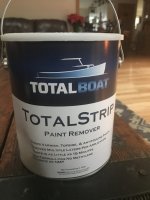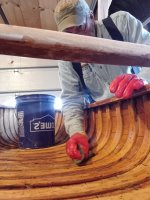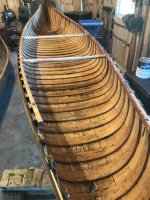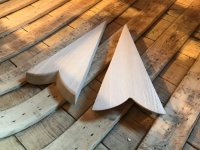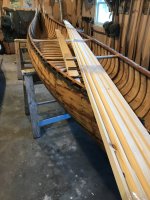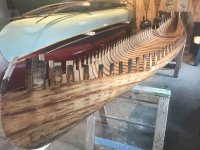The canoe used slotted screws as it was built pre Robertson screws, I tried useing a dremel to improve the slot but they wouldn’t budge, your idea would have worked. Next time, if. I. remember.A tip for removing rusted old steel screws is to place the tip of a soldering iron on the head and heat the screw up pretty good. The screw will come right out. Can’t tell you how many times I’ve used that trip in thirty years of boat work.
Jim
Ps- the gunnels were shot so I didn’t mind my way, but yours would have been better.
Thanks

